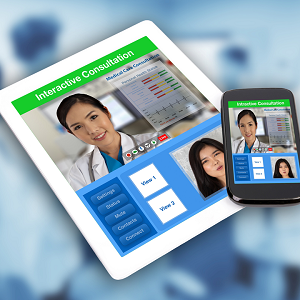Workplace Mental Health and Technology
 By Geoffrey Simpson
By Geoffrey Simpson
Director of Sales & Marketing
Presagia
With 44.7 million U.S. adults living with a mental illness,1 it’s an issue that employers can’t afford to ignore, and it contributes significantly to absenteeism and decreased productivity. But when there’s an issue of any kind in today’s world, there’s usually a team of developers at work on a technological solution. Here are some of the key technology solutions available in the workplace mental health arena, ranging from smartphone apps to virtual reality (VR).
One prominent category, mindfulness apps, help employees regulate their emotions by focusing on the present. These apps have been shown to reduce psychological symptoms of depression.2 Techniques shared through mindfulness apps include deep breathing with an awareness of your breath and body scans focusing on each body part, starting from one end of the body and moving toward the other.
Other app categories include apps that teach social skills and improved communication with colleagues; goal setting apps that help individuals set short- and long-term goals; and interactive mood diaries or questionnaire apps. The latter assess employees’ current mental health status and provide personalized suggestions to improve mood and mental well-being. In some cases, this information can even be shared anonymously with employers.3
Full content is available to DMEC members only. to view the complete resource.
If you are not a DMEC member, we encourage you to join. DMEC members have access to white papers, case studies, @Work magazine articles, free webinars, legislative updates, and much more. These resources will assist you in building an effective and compliant integrated absence management program, saving you time, resources, and money. Learn more.
If you are being asked to log in more than once, please refresh your browser.



